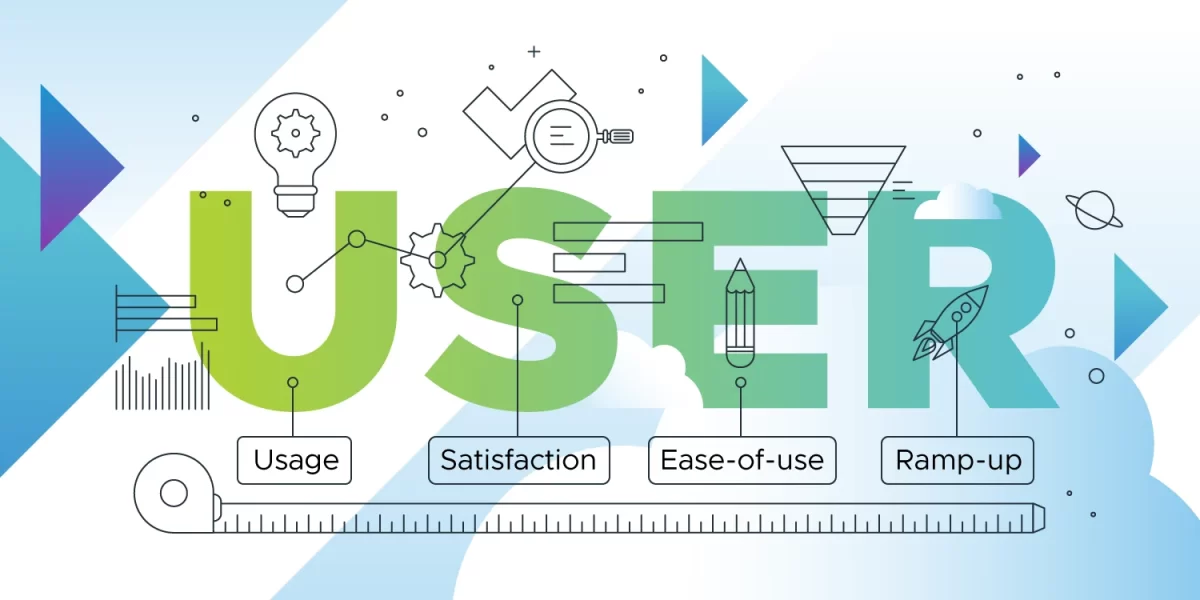In a my article on SEO Areas of Focus I highlighted SEO User metrics as one of the key factors to focus on. Search engines generally want to connect users with relevant, satisfying websites. Optimizing SEO user metrics can significantly improve rankings and help you maintain consistent ranks. Let’s dive into top user metrics and tips to optimize each.
1. Click Through Rate
What is it?
Click-through rate is the ratio of clicks to impressions for your search result listings. It measures how often searchers click your result for a given query.
How it impacts search rankings
Higher CTRs indicate your result listing is relevant and enticing to searchers for that keyword. Google aims to show results with the best CTRs.
How to optimize
- Include keywords naturally in titles and descriptions.
- Include numbers, special ascii characters and punctuation in your titles.
- Write compelling, benefit-driven titles and descriptions.
- Ensure page content directly answers the searcher’s query.
- Include or create content for long-tail variations of the keyword.
- Leverage sitelinks to guide visitors – you can get these by adding # links from a table of contents in your article to sections below
- Add FAQ, Review, Product schema to your page if applicable
2. Bounce Rate
What is it?
Bounce rate measures single-page sessions – the percentage of visitors that leave your site after viewing only one page. Google in it’s patent filing for Systems and Methods for Promoting Search Results introduces a good click – when a user clicks through and lingers for a time ( up to 20 seconds ) on a webpage.
How it impacts search rankings
High bounce rates indicate content mismatch. The visitor’s query expectations weren’t met, so they immediately left. This signals poor relevance. Lower bounce rates tend to improve rankings.
A note here, in my experience bounce rate is a relative measure. The real metric is relative bounce rate – how your bounce rate compares to other relevant webpages for your target keyword.
How to optimize
- Match page content closely to keyword searches.
- Format content for easy skimming on all devices.
- Improve page load speed.
- Add clear navigation to related content.
- Test changes to measure effects on bounce rate.
3. Time on Site
What is it?
Time on site is the total time visitors actively engage with your pages during a session.
How it impacts search rankings
More time on site implies visitors are finding your content useful and satisfying. Google wants to surface pages that fulfill search intent.
As with bounce rate this metric is relative, a high time on site for some keywords may be 2 minutes others it may be 10 seconds.
How to optimize
- Create in-depth, valuable content that engages visitors.
- Include interactive elements like quizzes, calculators, assessments.
- Format content for easy digestion.
- Optimize pages to load quickly on all devices.
- Make navigation intuitive to encourage exploration.
- Promote email list signups to build loyal readership.
4. Navigation Depth
What is it?
Navigation depth tracks how many pages a visitor views during their site visit.
How it impacts search rankings
Deeper navigation shows pages are relevant to the user’s initial search. Visitors continue engaging because you have related and useful content.
How to optimize
- Structure your information architecture intuitively.
- Link to related topics from content pages.
- Create compelling headlines and preview summaries.
- Provide visible site menus and sitemaps.
- Analyze click patterns to inform site changes.
- Make sure pages load quickly as users click deeper.
5. Pogo-Sticking
What is it?
Pogo-sticking refers to users bouncing between search and your site—clicking results, quickly returning to search, and clicking again to another site.
How it impacts search rankings
Excess pogo-sticking indicates difficulty finding relevant information on your site. It signals poor user experience.
How to optimize
- Ensure page titles, headings, and URL names match intent of keyword
- Promote internal site search.
- Add clear site navigation and linking.
6. Social Sharing
What is it?
Social share rate tracks how often visitors share your content on social media platforms.
How it impacts search rankings
Higher social shares imply your content resonates and provides value. Shared content gets broader visibility with search engines.
How to optimize
- Promote sharing by adding social media buttons.
- Create “shareable” content designed for social posts.
- Distribute shareable images, clips, quotes.
- Promote hashtags and campaign tags to organize shares.
- Analyze shares to inform content strategy.
7. Sessions Per User
What is it?
Sessions per user calculates the average number of visits users have over time.
How it impacts search rankings
More sessions show your site encourages loyalty and retention. Engaged visitors are less likely to bounce.
How to optimize
- Foster community with discussion forums or commenting.
- Send email newsletters and content alerts.
- Offer members-only premium content.
- Develop free tools and resources.
- Reward return visits with loyalty program.
I hope you have founds this article useful on how to improve SEO User Metrics. Best of luck and feel free to reach out.
